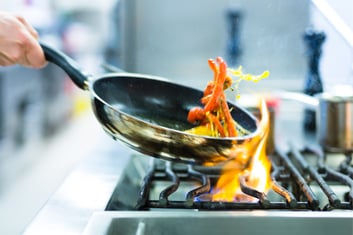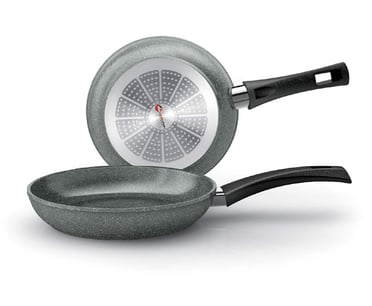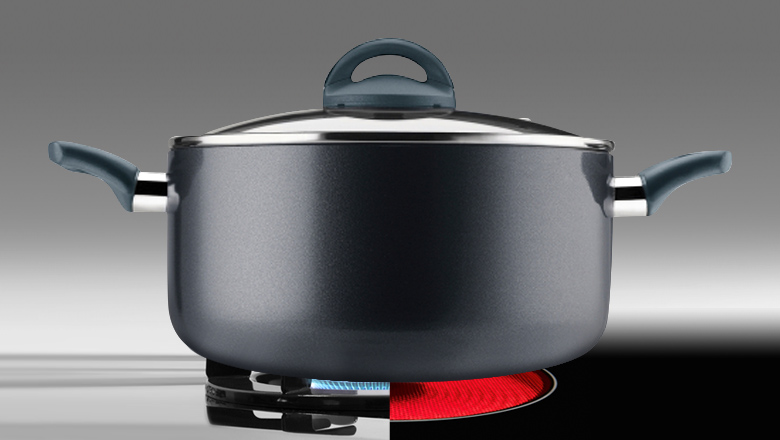Cooking is a crucial activity of our daily life; it became even more important when the unexpected development of the global health crisis of this year forced the entire world under lockdown and made cooking an even more consistent part of our day. This also made consumers more aware of demanding of the kitchen tools that are using. One example is paying more attention to choosing between different types of hobs.
They can consider a classic hob or an induction hob for their cooking needs. Before making a final decision on which one to choose, it’s important to consider the pros and cons of each one.
How to choose the hob that best suits your needs? Gas or induction cooktop, what’s the difference? In this post we have compared the characteristics of these two different hobs.
Gas Hobs
The gas cooker hob is the most popular model in Europe. This may vary from country to country but all in all, the classic cooking methods and the European proximity to competitive gas sourcing made this type of hob to have a consistent market share.
Advantages of the Gas Hob:
- Economical to buy and operate
- Can be used with any type of cookware
- Flame power adjusts instantly
Disadvantages of Gas Cooker Hob:
- High energy dispersion
- Safety risks posed by open flame (gas leak and burns)
- Challenging to clean
Induction Hobs
Even though it’s powered by electricity, the induction hob works differently from an electric stove. Special coils are located under the glass-ceramic cooking surface, and a magnetic field is generated that is transferred directly to the pot when it is placed on the cooking surface, which then converts into heat. Once the cookware is removed from the induction hob and the magnetic field is broken, heat transmission stops.
Cooking heat is generated directly into the pots and pans and not dispersed into the air or onto the hob. For this reason consumers need to buy special cookware equipped with a magnetic bottom (rich in ferrous material).
Advantages of the Induction Hob:
- Most efficient hob available
- No heat dispersion or risk of burns
- Easy to clean
- Clean lines, fashionable and elegant
Disadvantages of the Induction Hob:
- More expensive than other models
- Special cookware needed
- Greater absorption of energy
Cooking times when using an induction hob are shorter than with any other type of hob. For example, a user can bring two liters of water to boil from room temperature in four minutes, 45 seconds with an induction hob. A gas cooker will take eight minutes and a glass-ceramic hob will take nine minutes to perform the same task.
Moreover, magnetic induction technology is currently the most efficient way to cook. The ratio between the heat generated and heat loss is 90% compared to about 40% for a gas hob and 48% for a glass-ceramic hob.
Recently, kitchen design has become increasingly sophisticated and futuristic. Hobs’ appearances are changing according to this need. Today, consumers can find square or rectangular hobs and these models feature curved lines, allowing them to become true pieces of furniture and design as opposed to simple household appliances.
After taking into account the pros and cons of induction hobs and gas hobs, the buying decision depends on the consumer’s tastes. F.B.M. creates handles that can be combined with pots and pans suitable for both styles, contact us today for more information.





